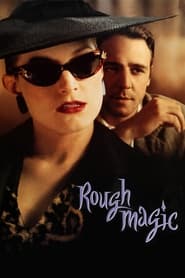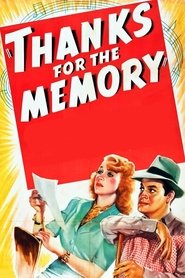
Video Sources 32 Views Report Error
Synopsis
At the heart of this story lies a fascinating paradox: a marriage counselor, an expert in resolving other people’s conflicts, faces the greatest challenge of her personal life when her own marriage begins to fall apart. Accustomed to offering guidance, communication tools, and strategies to heal relationships, this professional finds herself forced to apply her own advice—this time not as a guide, but as the emotional protagonist of a bond that no longer flows as it once did.
Convinced that the main problem lies with her husband, the therapist decides to focus on him—analyzing, diagnosing, and crafting a kind of “improvement plan” to get the relationship back on track. Armed with psychological theories, behavior patterns, and couple dynamics, she attempts to change his attitude, body language, and way of responding. In short, she becomes her own case study, with a single goal in mind: to save her marriage by changing the other person.
However, the process is not as simple as applying a therapeutic formula. As she delves deeper into her attempt to transform someone else, she is confronted by a series of uncomfortable questions: Can one person truly change another? To what extent is the search for external solutions just a way to avoid self-reflection? And what happens when the person who truly needs to change isn’t the other, but oneself?














